Mars: The Red Planet - A Journey Beyond Earth
the mysteries of this enigmatic planet, uncover its unique characteristics, and discuss the ongoing missions that have been devoted to unraveling its secrets.

Mars, often referred to as the "Red Planet," has fascinated astronomers, scientists, and space enthusiasts for decades. With its rusty hue and intriguing features, Mars has captivated our imagination as a potential destination for human exploration. In this blog post, we will delve into the mysteries of this enigmatic planet, uncover its unique characteristics, and discuss the ongoing missions that have been devoted to unraveling its secrets.
Introduction
Mars is the fourth planet from the sun and has a distinct rusty red appearance and two unusual moons. The Red Planet is a cold, desert world within our solar system. It has a very thin atmosphere, but the dusty, lifeless (as far as we know it) planet is far from dull.
Phenomenal dust storms can grow so large they engulf the entire planet, temperatures can get so cold that carbon dioxide in the atmosphere condenses directly into snow or frost, and marsquakes
The red planet Mars, named for the Roman god of war, has long been an omen in the night sky. And in its own way, the planet’s rusty red surface tells a story of destruction. Billions of years ago, the fourth planet from the sun could have been mistaken for Earth’s smaller twin, with liquid water on its surface—and maybe even life.
Mars is one of the most explored bodies in our solar system, and it's the only planet where we've sent rovers to roam the alien landscape.
NASA currently has two rovers (Curiosity and Perseverance), one lander (InSight), and one helicopter (Ingenuity) exploring the surface of Mars.

Mars' History
The planet Mars was formed, along with the rest of the solar system, about 4.6 billion years ago. But exactly how the planets formed remains a subject of debate.
According to nasa, When the solar system settled into its current layout about 4.5 billion years ago, Mars formed when gravity pulled swirling gas and dust in to become the fourth planet from the Sun. Mars is about half the size of Earth, and like its fellow terrestrial planets, it has a central core, a rocky mantle, and a solid crust.
Human exploration of mars
Mars has been explored remotely by spacecraft since the late 20th century, with the first successful flyby of Mars by NASA's Mariner 4 in 1965. The first attempts by the USSR to launch two spacecraft designed for Mars flybys were in 1960. Since then, more than 30 space missions to Mars were undertaken by the USSR, USA, Europe, and Japan. The Viking program represented the first extended exploration of Mars, as each spacecraft lasted years and transmitted reams of information back to Earth.
NASA has sent several rovers to Mars, including Curiosity and Perseverance, which have received widespread attention for their ability to explore the planet. The Mars rover Opportunity landed on the Red Planet on January 4, 2004, for a three-month mission to look for signs of past water activity on Mars and found extensive evidence over many years. The largest and most capable rover ever sent to Mars, Mars 2020 Perseverance Rover, landed on the Red Planet on February 18, 2021
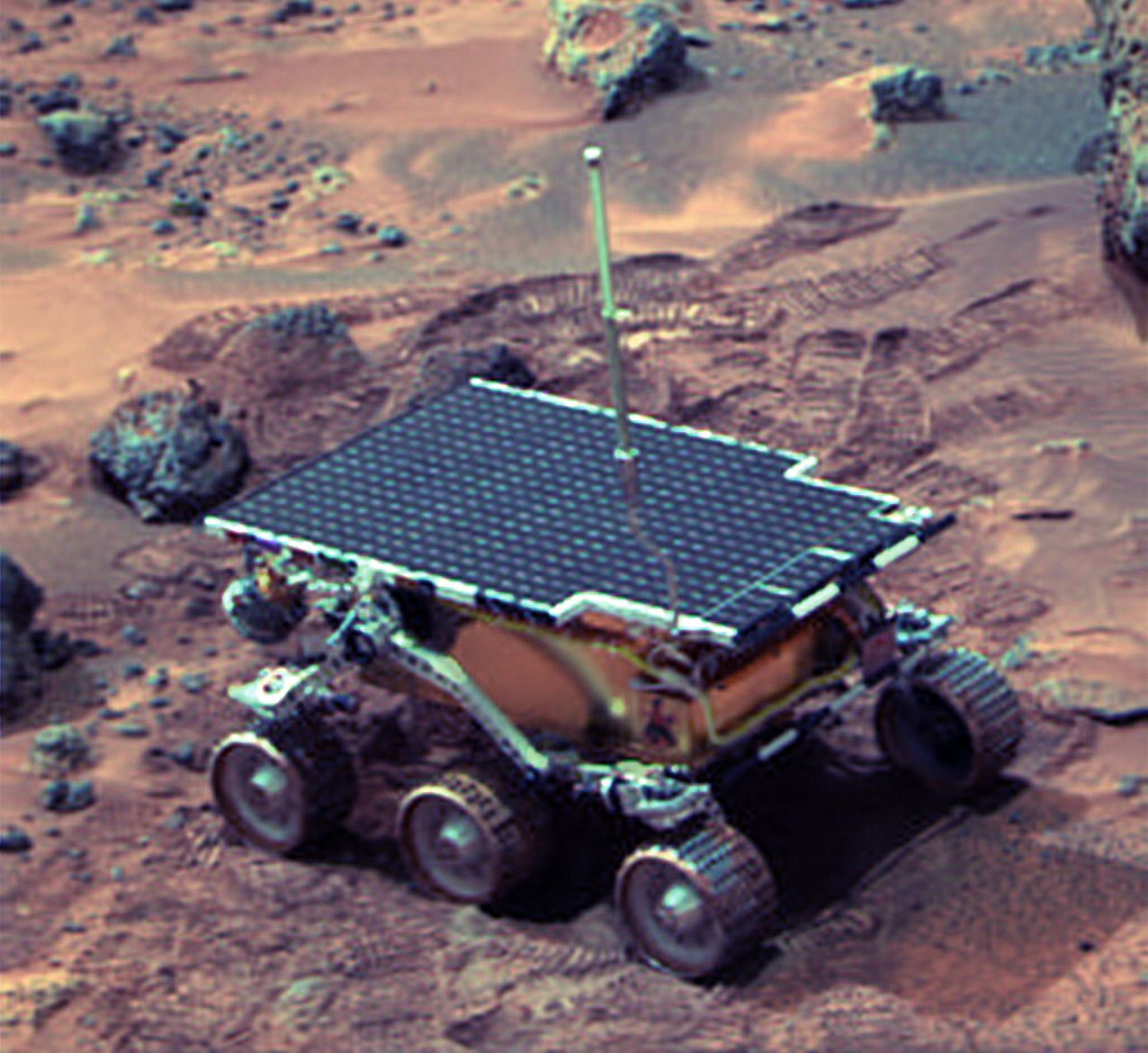
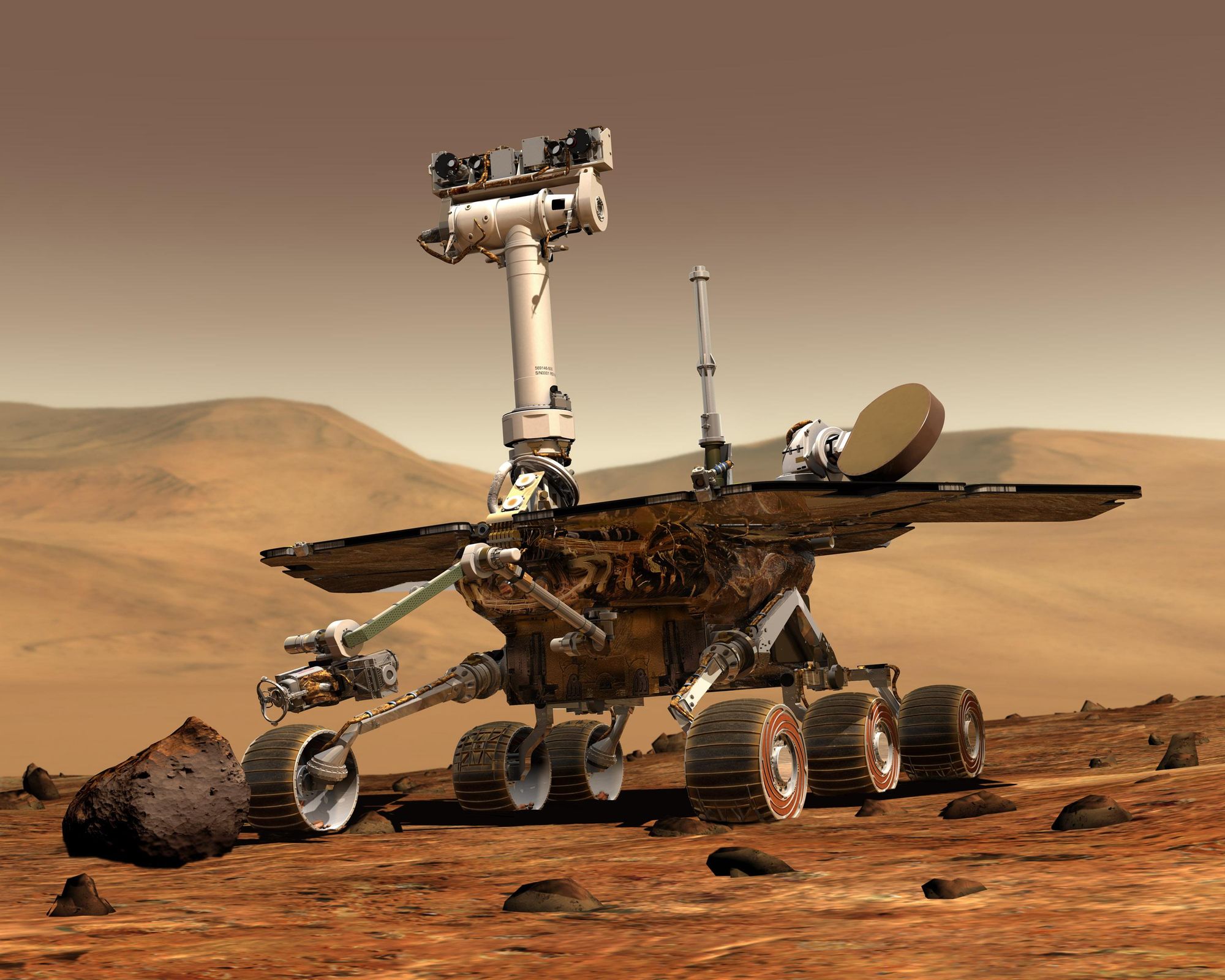
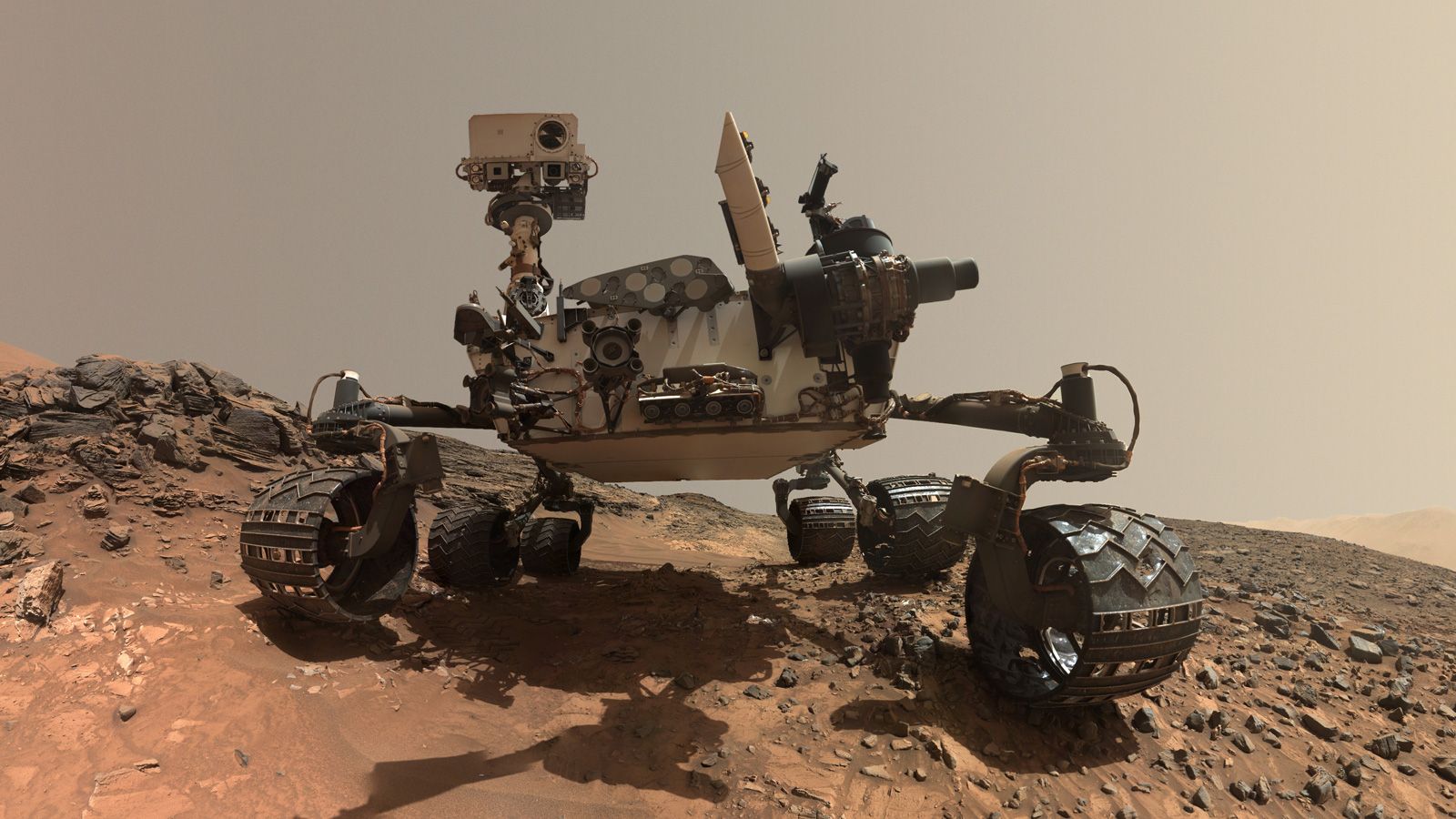
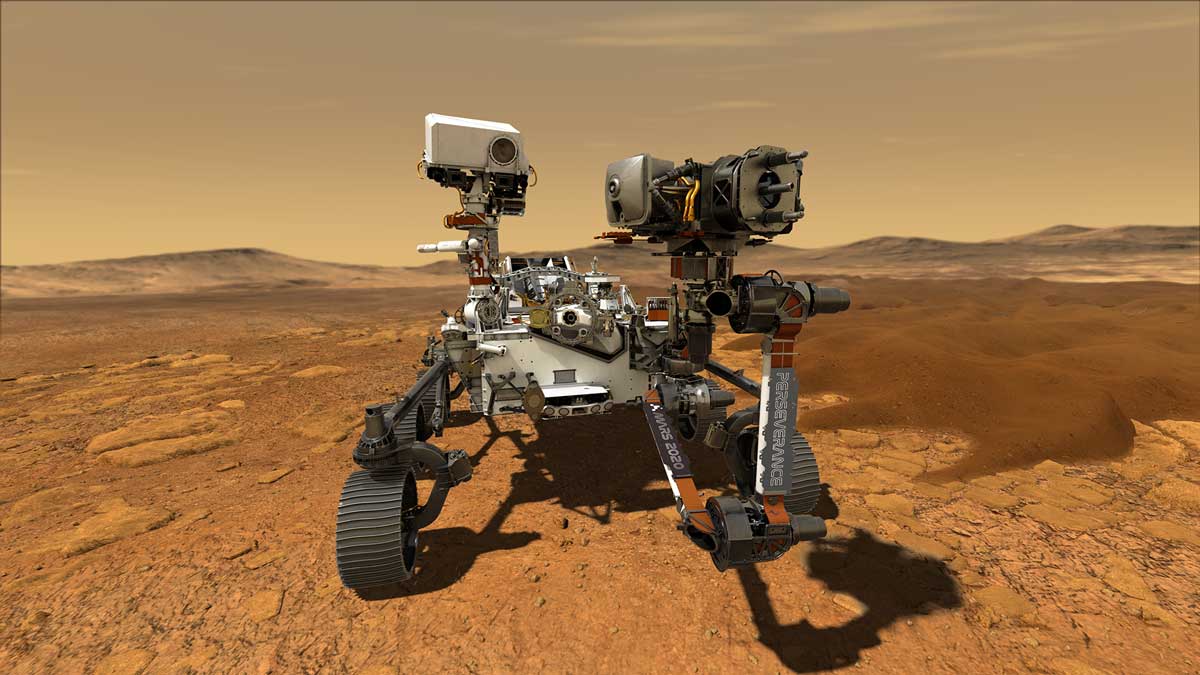
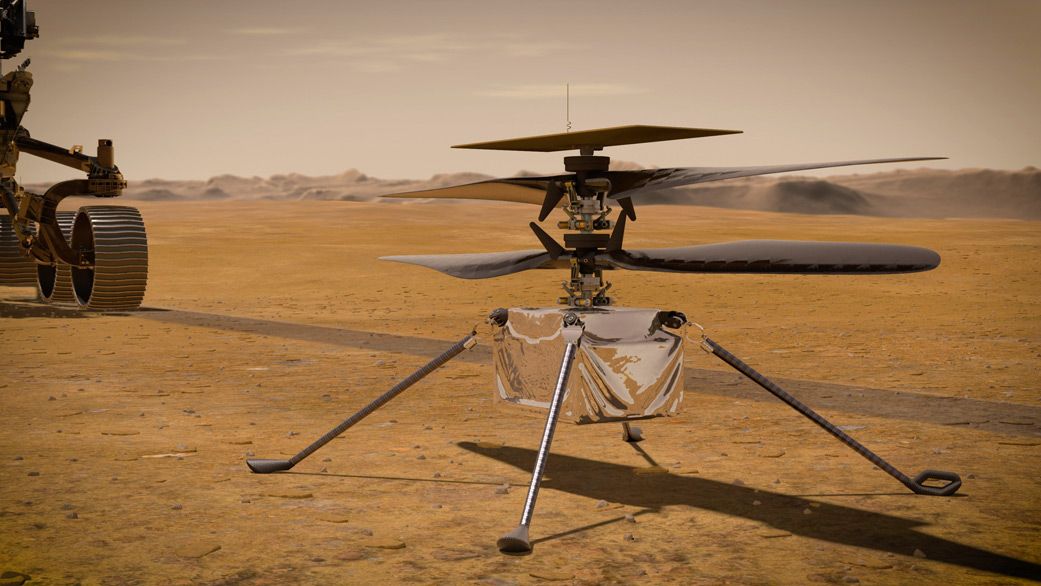
What is the Sojourner rover?
Sojourner is a rover that landed on Mars in 1997 in a location called Ares Vallis where it explored and took many photos.
What are the Spirit and Opportunity rovers?
Spirit and Opportunity are twin rovers that were made to learn more about the planet Mars. So, in 2003, they sent two rovers to the Red Planet.
What is the Curiosity rover?
Curiosity is a rover that was sent to Mars to determine if the Red Planet ever had the proper conditions for microbial life to survive. It launched Nov.26, 2011 and landed on Mars on Aug. 5, 2012
What is the Perseverance rover?
Perseverance is a rover that landed on Mars on February 18, 2021. It is studying a region of Mars called Jezero Crater. This rover will answer lots of questions about the Red Planet and search for signs of past microbial life.
Atmosphere
The atmosphere on Mars is significantly different from Earth's. It is composed mainly of carbon dioxide, with traces of nitrogen and argon. Its thin atmosphere results in a much colder climate compared to Earth, with average temperatures plummeting to around -80 degrees Fahrenheit (-62 degrees Celsius).

Water on Mars
One of the most exciting discoveries about Mars is the presence of water, although primarily in the form of ice. Various missions, including the Mars Reconnaissance Orbiter and the Mars Rover Curiosity, have detected evidence of ancient riverbeds, polar ice caps, and subsurface ice. These findings have intensified the search for signs of past or present microbial life on the planet.
New findings from NASA's Mars Reconnaissance Orbiter (MRO) provide the strongest evidence yet that liquid water flows intermittently on present-day Mars.
Using an imaging spectrometer on MRO, researchers detected signatures of hydrated minerals on slopes where mysterious streaks are seen on the Red Planet. These darkish streaks appear to ebb and flow over time. They darken and appear to flow down steep slopes during warm seasons, and then fade in cooler seasons. They appear in several locations on Mars when temperatures are above minus 10 degrees Fahrenheit (minus 23 Celsius), and disappear at colder times.
- NASA confirmed the presence of liquid water on Mars in 2015
- NASA's Curiosity rover has found evidence of ancient water waves on Mars
- Opportunity rover found extensive evidence of past water activity on Mars
- In 2018, scientists reported the discovery of a subglacial lake on Mars, 1.5 km below the southern polar ice cap, with a horizontal extent of about 20 km, the first known stable body of liquid water on the planet, but subsequent work has questioned this detection
- An international team of researchers has revealed new evidence for the possible existence of liquid water beneath the south polar ice cap of Mars
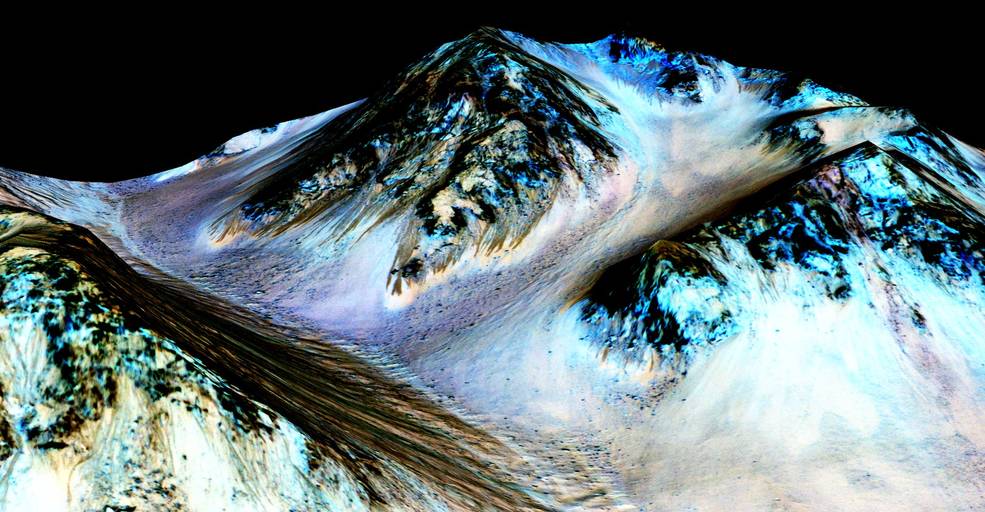
Evidence That Liquid Water Flows on Today’s Mars
Future Mars Exploration
MARS SAMPLE RETURN
Mars Sample Return is an international partnership between NASA and ESA (European Space Agency) that would bring samples of Mars material collected by NASA's Mars Perseverance rover safely back to Earth. Once back on Earth, the samples would undergo comprehensive analysis for generations to come, using sophisticated instruments and laboratories only available on Earth.
HUMANS ON MARS: ARTEMIS
Artemis is the first step in the next era of human exploration. Together with commercial and international partners, NASA will establish a sustainable presence on the Moon to prepare for human missions to Mars.
HOW WE GET THERE: SLS AND ORION
NASA's Space Launch System (SLS) will be the world's most powerful rocket for a new era of human exploration beyond Earth's orbit. With its unprecedented power and capabilities, SLS will launch crews of astronauts in the agency's Orion spacecraft on deep-space missions, including the Journey to Mars.
FAQs
How big is Mars?
Mars is around two times smaller than Earth. It has an equatorial circumference of about 21,000 kilometres, and a radius of around 3,400 kilometres.
How hot is Mars?
The temperature ranges from around -153°C at the poles to possible highs of 20°C elsewhere on the planet's surface.
How long is a day on Mars?
A day on Mars lasts 24.6 hours, comparable to a day on Earth. But its years are far longer than ours, at 687 Earth days per trip around the Sun.
How long does it take to get to Mars?
A one-way trip to Mars would take about nine months. If you wanted to make it a round-trip, all in all, it would take about 21 months
Conclusion
Mars remains a captivating and alluring destination for future human exploration. With its unique features, the potential for habitability, and the discoveries that continue to unfold, the Red Planet holds the promise of unlocking profound scientific and technological advancements. As we delve deeper into the mysteries of Mars, one can't help but wonder what further secrets await us on this enigmatic planet beyond our earthly home.




